Need to replace chipotle peppers in your recipe? You're not alone! Whether you're out of chipotles or looking for a milder alternative, we've compiled the top 5 substitutes recommended by professional chefs. Each option is carefully chosen to deliver the perfect smoky, spicy flavor for your specific dish.
Table of Contents
- Introduction to Chipotle Chili Peppers
- Why You Might Need a Chipotle Substitute
- Top 5 Chipotle Chili Pepper Substitutes
- Comparison Table: Chipotle vs. Substitutes
- Buying Guide: Choosing the Right Substitute
- Cooking Tips for Using Substitutes
- Frequently Asked Questions
- Conclusion
Introduction to Chipotle Chili Peppers
Chipotle peppers are dried, smoked jalapeños. They're known for their bold, smoky flavor with a moderate heat level. These peppers are commonly used in Mexican cuisine, especially in salsas, sauces, and marinades. Their unique taste is hard to replicate, but with the right substitute, you can still enjoy that rich, smoky kick without sacrificing flavor.
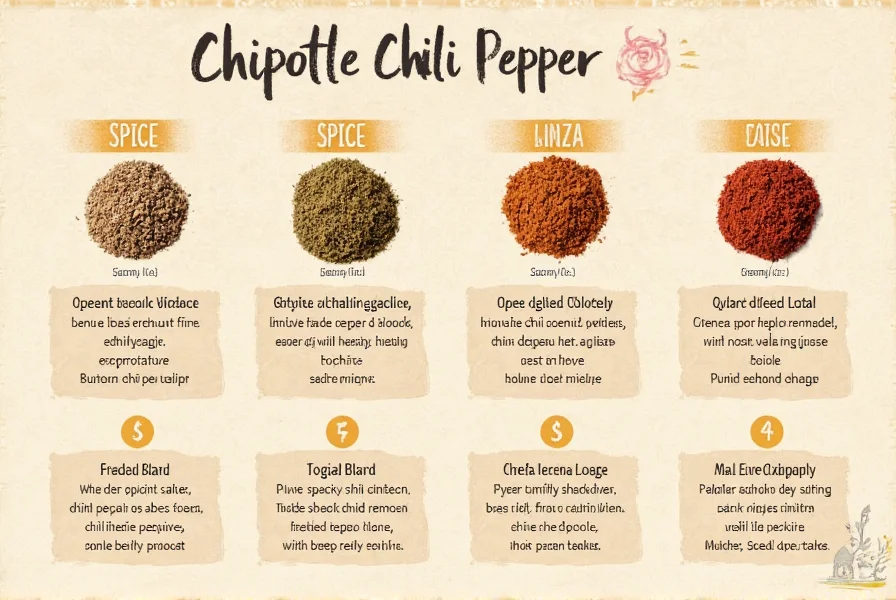
Why You Might Need a Chipotle Substitute
There are several reasons you might find yourself needing a chipotle chili pepper substitute:
- You ran out of chipotles and don't have time to order more.
- You want to experiment with different spice profiles in your cooking.
- You're looking for a milder or spicier alternative based on your preference.
- You're catering to someone with dietary restrictions or allergies.
No matter the reason, there are plenty of options to choose from. Let's dive into the top substitutes that can step in when you need that chipotle flavor.
Top 5 Chipotle Chili Pepper Substitutes
Here are five excellent substitutes for chipotle chili peppers, each with its own unique characteristics and uses:
1. Smoked Paprika
Smoked paprika is one of the most popular substitutes for chipotle. It offers a similar smoky flavor, though it lacks the heat. To get a bit of spice, you can mix it with a pinch of cayenne or another hot pepper powder.
Best for: Perfect for taco seasoning, grilled chicken rubs, and vegetable dishes. Use 1 teaspoon of smoked paprika for every chipotle pepper called for in the recipe. For a closer match to chipotle's heat, add a pinch of cayenne pepper.
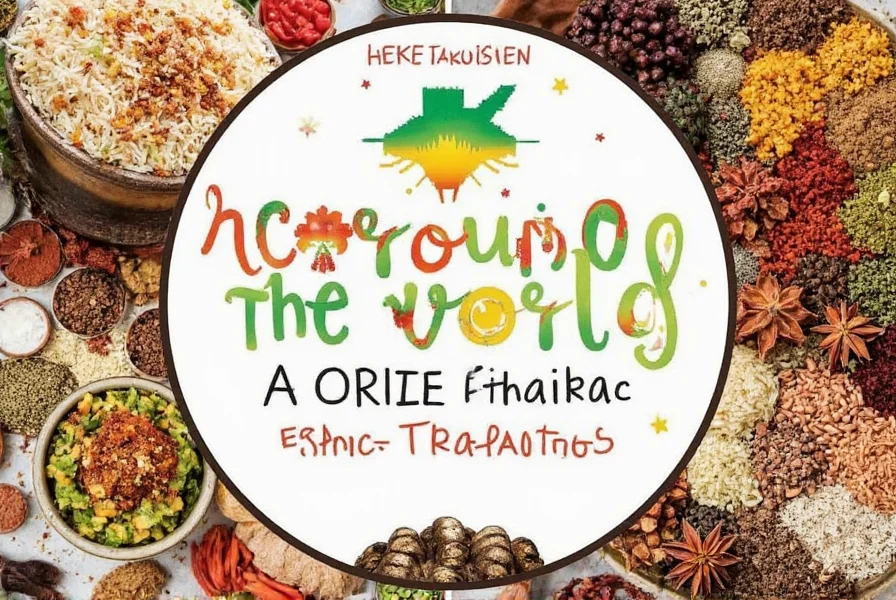
2. Ancho Chile Powder
Ancho chiles are dried poblano peppers and offer a sweet, slightly smoky flavor. While not as spicy as chipotle, they add a nice depth of flavor. Use them in sauces, stews, or rubs for a more mellow but rich taste.
Best for: Ideal for chili con carne, mole sauce, and vegetarian dishes. Use 1/2 teaspoon of ancho powder for every chipotle pepper to maintain mild heat while adding earthy sweetness.
3. Guajillo Chile Powder
Guajillo chiles are medium-hot and have a tangy, slightly sweet flavor. They work well in salsas and marinades, offering a balance of heat and fruitiness. This is a great option if you want something a bit spicier than ancho but not as intense as chipotle.
Best for: Perfect for authentic Mexican salsa, adobo sauces, and fish marinades. Use 1 teaspoon of guajillo powder for every chipotle pepper to achieve balanced heat and tangy notes.
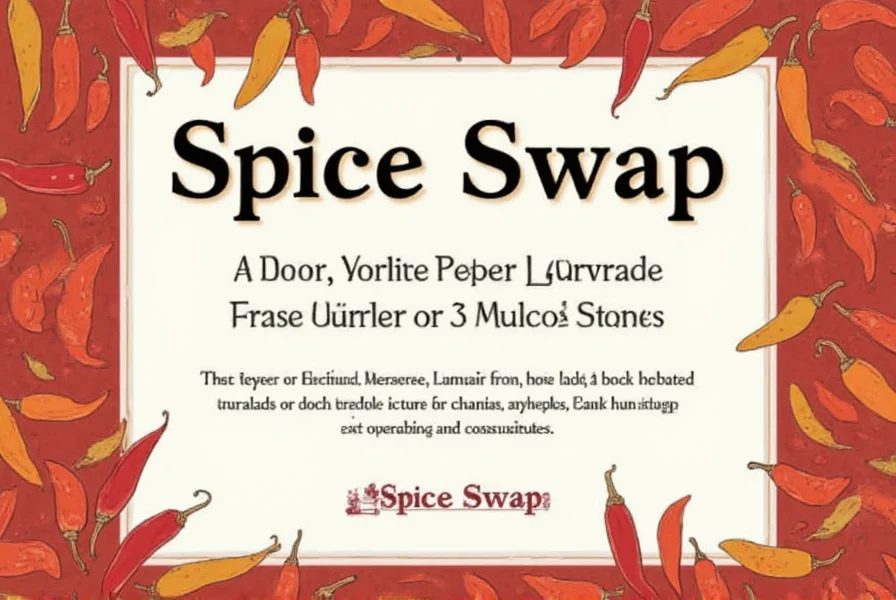
4. Habanero Pepper (Fresh or Dried)
If you're up for some heat, habaneros can be a good substitute. They're much hotter than chipotle, so use them sparingly. Fresh habaneros are often used in salsas, while dried ones can be ground into a powder for recipes like mole or adobo sauce.
Best for: Best for hot sauces, extremely spicy dishes, and Caribbean cuisine. Use 1/4 teaspoon of habanero powder for every chipotle pepper due to its intense heat level.
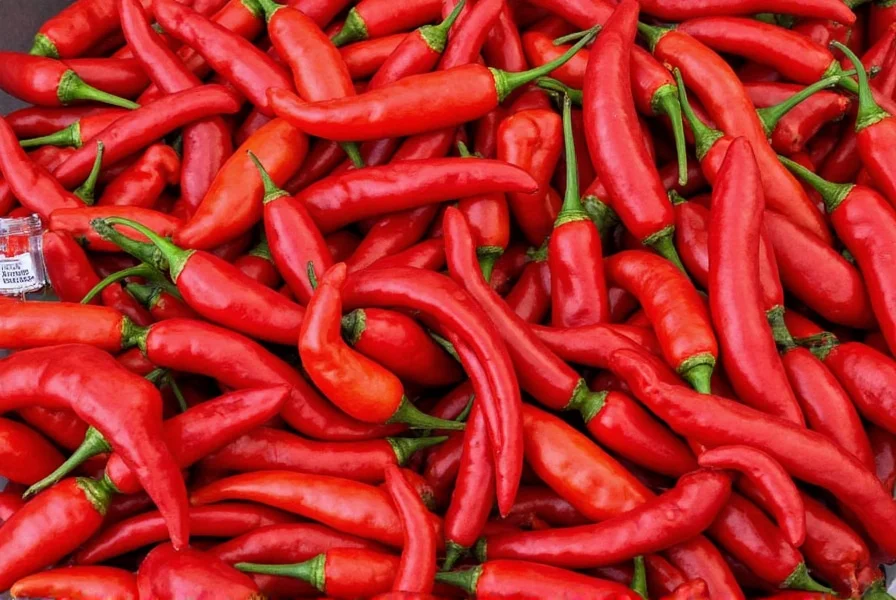
5. Chipotle in Adobo Sauce
Though not a direct substitute, chipotle in adobo sauce is a close cousin. The sauce adds extra moisture and flavor, making it ideal for marinades, sauces, or even adding to soups and stews. It's a go-to option if you have some on hand.
Best for: Ideal for marinades, stews, and slow-cooked dishes. Use one chipotle pepper from the can to replace one fresh chipotle pepper in recipes.
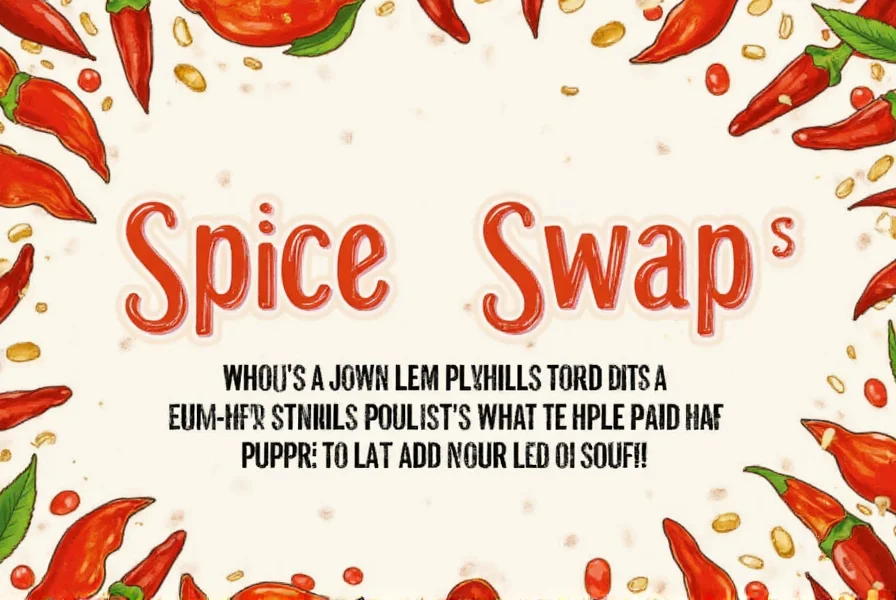
Comparison Table: Chipotle vs. Substitutes
| Substitute | Flavor Profile | Heat Level | Best For | Substitution Ratio |
|---|---|---|---|---|
| Smoked Paprika | Smoky, slightly sweet | Mild | Taco seasoning, grilled meats, vegetable dishes | 1 tsp smoked paprika + pinch cayenne per chipotle |
| Ancho Chile Powder | Earthy, sweet, smoky | Mild | Chili con carne, mole sauce, vegetarian dishes | 1/2 tsp ancho powder per chipotle |
| Guajillo Chile Powder | Tangy, sweet, spicy | Medium | Salsa, adobo sauces, fish marinades | 1 tsp guajillo powder per chipotle |
| Habanero Pepper | Very spicy, fruity | Hot | Hot sauces, Caribbean dishes, extremely spicy recipes | 1/4 tsp habanero powder per chipotle |
| Chipotle in Adobo Sauce | Smoky, tangy, slightly sweet | Medium | Marinades, stews, slow-cooked dishes | 1 pepper from can per fresh chipotle |
Buying Guide: Choosing the Right Substitute for Your Recipe
When choosing a substitute for chipotle chili peppers, consider the specific dish you're making:
- For salsa: Guajillo chile powder works best for authentic Mexican salsa, offering a tangy, slightly sweet flavor with medium heat.
- For tacos: Smoked paprika with a pinch of cayenne is ideal for taco seasoning, providing smokiness without overwhelming heat.
- For marinades: Chipotle in adobo sauce is the top choice for marinades, adding moisture and rich flavor to meats.
- For mild dishes: Ancho chile powder is perfect for chili con carne or mole sauce, offering earthy sweetness with minimal heat.
- For very spicy dishes: Habanero pepper (dried or fresh) is best for hot sauces and extremely spicy dishes, but use sparingly as it's much hotter than chipotle.
According to the American Culinary Federation, smoked paprika is the closest match for chipotle's smoky profile in most culinary applications. Always check ingredient labels for pure spices without additives when purchasing substitutes.
Cooking Tips for Using Substitutes
Using a substitute doesn't mean you have to compromise on flavor. Here are a few tips to help you make the most of your chipotle alternative:
- Adjust the heat: Start with a small amount and gradually increase if needed. You can always add more, but you can't take it away.
- Combine with other spices: Mix your substitute with garlic, onion, or cumin to enhance the overall flavor profile.
- Use in sauces: Substitutes like smoked paprika or ancho chile powder work well in creamy sauces, giving them a rich, smoky base.
- Try it in marinades: A chipotle substitute can add depth to grilled meats, vegetables, or tofu. Just mix it with oil, lime juice, and herbs for a tasty rub.
- Experiment with textures: Some substitutes, like habanero, can be used fresh, while others, like ancho, are best when rehydrated or ground into a powder.
- For vegetarian dishes: Use ancho or smoked paprika to add smokiness without meat-based ingredients.
- For budget-friendly options: Smoked paprika and ancho powder are widely available and affordable at most grocery stores.
Frequently Asked Questions
What's the best chipotle substitute for salsa?
Guajillo chile powder is the best chipotle substitute for salsa. It offers a tangy, slightly sweet flavor with medium heat that closely matches chipotle's profile. Use 1 teaspoon of guajillo powder per chipotle pepper called for in your salsa recipe.
How to substitute chipotle in adobo sauce for tacos?
For tacos, use 1 teaspoon of smoked paprika plus a pinch of cayenne pepper per chipotle pepper from adobo sauce. This combination delivers the perfect smoky flavor without the extra moisture of the sauce, which could make your taco filling too wet.
What's a mild chipotle alternative for vegetarian dishes?
Ancho chile powder is the best mild chipotle alternative for vegetarian dishes. It provides earthy sweetness with minimal heat (about 1,000-1,500 SHU), making it perfect for vegan chili, roasted vegetables, or bean-based recipes. Use 1/2 teaspoon of ancho powder per chipotle pepper.
Are chipotle peppers and chipotle in adobo the same thing?
Chipotle peppers are dried, smoked jalapeños, while chipotle in adobo refers to chipotle peppers that have been rehydrated and canned in a tangy, slightly sweet adobo sauce. They're related but not exactly the same - chipotle in adobo has additional flavors from the sauce and more moisture, so they're used differently in recipes. For substitution, use one pepper from the can to replace one fresh chipotle pepper.
Can I make my own chipotle substitute at home?
Yes! To make a simple chipotle substitute, mix 1 teaspoon smoked paprika, 1/4 teaspoon cayenne pepper, and 1/4 teaspoon ground cumin. For a wet substitute similar to chipotle in adobo, blend this mixture with 1 tablespoon tomato paste, 1 teaspoon vinegar, 1 minced garlic clove, and a touch of brown sugar until smooth.
Conclusion
While nothing quite replaces the unique flavor of chipotle chili peppers, there are several excellent substitutes that can deliver a similar smoky, complex taste. Whether you're looking for a mild alternative like ancho chile powder or a fiery option like habanero, there's a substitute out there that will work for your recipe.
Remember, the key is to experiment and find what works best for your palate. With the right substitution, you can still enjoy the bold, smoky flavor that makes chipotle so special. And who knows—your new favorite spice might just come from one of these alternatives!
So next time you reach for chipotle, think about trying one of these substitutes and see how it transforms your dish. Happy cooking!

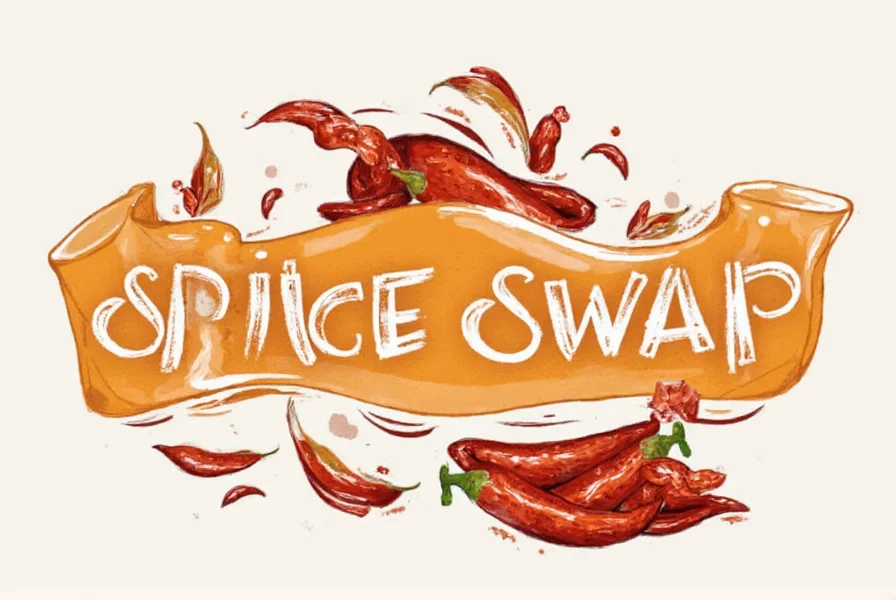









 浙公网安备
33010002000092号
浙公网安备
33010002000092号 浙B2-20120091-4
浙B2-20120091-4